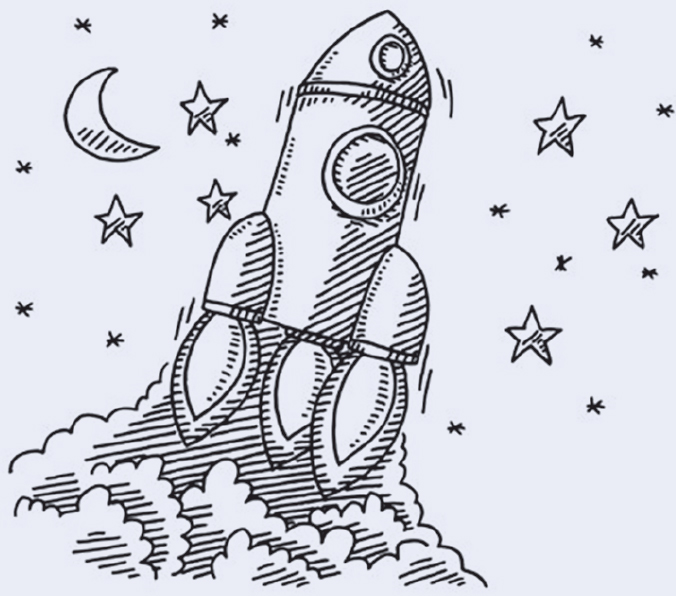The Poetry of Science
To the Moon With Poetry
Science and Children—November/December 2020 (Volume 58, Issue 2)
By Sylvia Vardell and Janet Wong
Take 5!
- Display an image of the Moon in the background as you read this poem aloud. One great source is NASA’s website, “Earth’s Moon” .
- Share the poem again, inviting children to pantomime the motions suggested in the poem (e.g., step, hop, tromp, plod, spring, jump, stride, bounce, leap) as you read the poem aloud again.
- Work together to research five facts about National Moon Walk Day (July 21, 1969), the day the first astronauts set foot on the Moon.
- Use this poem to talk about gravity on the Moon and how it differs from gravity on Earth. NASA’s site “About the Moon” is full of images and information to share.
- Link this poem with another about the Moon, “Queen of Night” by Terry Webb Harshman (Internet Resources), and with poetry selections from A Full Moon Is Rising by Marilyn Singer (Resources) or the nonfiction picture book Moonshot by Brian Floca .

Moon Walk—July 21, 1969
by Susan Blackaby
Neil Armstrong
landed the Eagle
in a tranquil sea.
Then he stepped out to:
Moon walk hop.
Moon walk tromp.
Moon plod, spring, jump,
stride, bounce, leap.
He left moon walk tracks
and moon walk traces—
the first footsteps across
the face of the Man in the Moon.
Poem © 2015 Susan Blackaby from The Poetry Friday Anthology for Celebrations (Teacher/Librarian Edition) by Sylvia Vardell and Janet Wong © 2015 Pomelo Books; illustration by Frank Ramspott from The Poetry of Science: The Poetry Friday Anthology for Science for Kids © 2015 Pomelo Books.
Resources
Floca, B. 2009. Moonshot. New York: Atheneum.
Singer, M. 2011. A full moon is rising. New York: Lee & Low.
Internet Resources
About the Moon
https://moon.nasa.gov/about/in-depth/
Earth’s Moon
https://moon.nasa.gov
“Queen of Night” by Terry Webb Harshman
https://www.pinterest.com/pin/361625045058757304/
Instructional Materials Literacy Early Childhood


